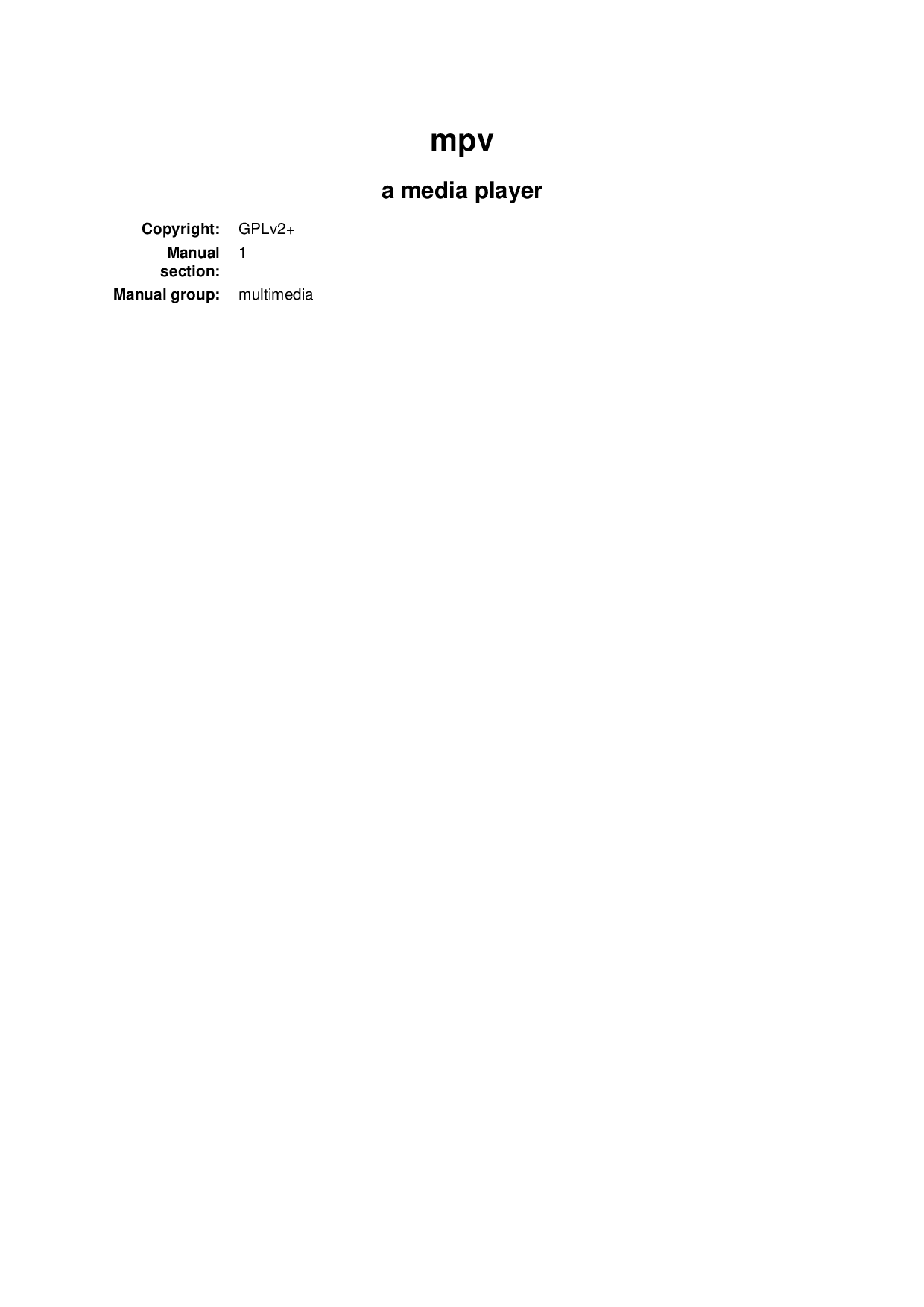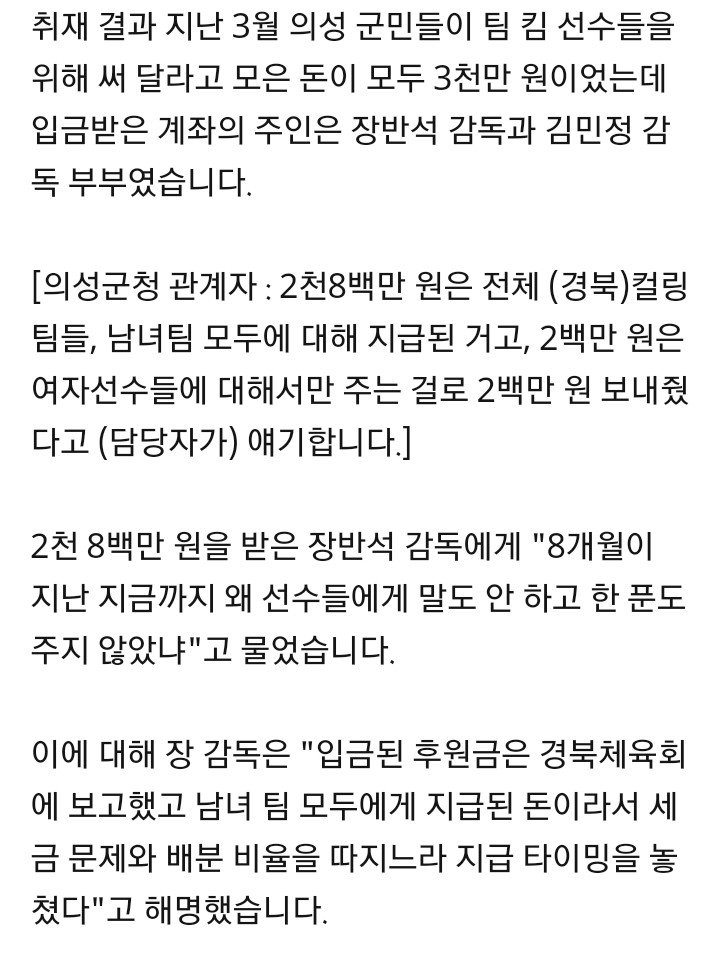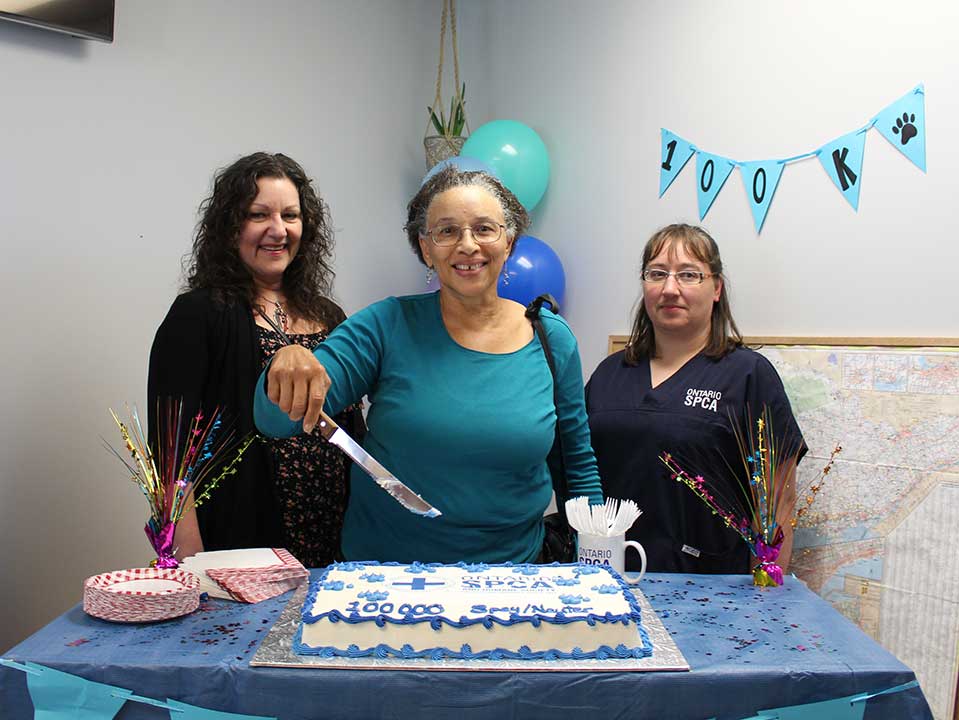The mouse module has capabilities that lets us test and set the place of the mouse in addition to test the buttons pressed. The perform pygame.mouse.get_pressed() returns a tuple tuple representing if the mouse buttons (left, mouse-wheel, right) is being pressed or not. These capabilities may alter the system cursor for the mouse. This pygame.mouse.get_pressed() perform returns the Boolean worth representing the state of the mouse buttons.
A True worth means the mouse button is being pressed on the time of the perform call. This perform returns a tuple representing counting on mouse buttons (left, mouse-wheel, right) being pressed. In order to check regardless of whether the consumer has chosen a particle, we have to know the place they've clicked and we do that through the use of pygame.mouse.get_pos(). As the identify suggests, this perform returns the place of the mouse within the Pygame window as an x, y coordinate. For now we solely have to know the place of the mouse when the consumer clicks.
We experiment this by monitoring Pygame occasions as we did in tutorial 1 applying pygame.event.get(). Since we're already calling this function, in search of QUIT events, we'd as properly seek for MOUSEBUTTONDOWN occasions on the identical time. Earlier, you noticed that pygame.event.get() returns an inventory of the occasions within the occasion queue, which you scan for KEYDOWN occasion types. Pygame additionally grants pygame.event.get_pressed(), which returns a dictionary containing all of the present KEYDOWN occasions within the queue.
To ship a digital mouse click on on on to your computer, name the pyautogui.click() method. By default, this click on on on makes use of the left mouse button and takes place wherever the mouse cursor is at present located. This is due to the fact get_pressed() returns the state of all mouse buttons in any respect times. This way is sweet in the event you wish to trace buttons which are being held down. We keep the worth returned by the perform in variable 'mouse_button', which is a tuple. The index for left button is '0', the index for wheel is '1', and the index for accurate button is '2'.
There are two essential methods to get the state of any enter device. Every time a key or button is pressed or released, or the mouse is moved, an occasion is added to the occasion queue. You should empty this occasion queue out every body by both calling pygame.event.get() or pygame.event.pump(). As you noticed within the 'Display an Image' app in Pygame Theory of Operation chapter, the principle loop runs continuously. If our app should answer keyboard presses, mouse click, or mouse movements, the principle loop should watch these consumer occasions and reply to those events. Responding to the occasions is completed by including event-handling code to the principle loop .
This event-handling code then repeatedly displays the user's inputs and responds to the events. To discover what an enter gadget (keyboard, mouse, etc.) is doing, this system checks the state of the enter gadget by making a name to the next functions. Now that we understand methods to monitor the photograph of an object, allow us to create an app to maneuver that image.
The software within the subsequent few sections will transfer the ball we displayed within the past application. The ball is moved because of some key presses or mouse movements, or mouse clicks. These consumer actions are known as events, which makes our app interactive, that's our video video game or app responds to consumer inputs from the keyboard and mouse. Pygame.mouse.get_pressed() returns an inventory of Boolean values ​​that characterize the state of all mouse buttons. The state of a button is True so lengthy as a button is held down.
Button values are zero for left button, 1 for correct button, 2 for the center button. The return is true when the mouse button is pressed down, and false when released. Get_pressed() returns an inventory of Boolean values that characterize the state of all mouse buttons. Now this code won't ever run once more till you do away with and reclick equally mouse buttons. To manage our occasions we in simple terms loop by means of the queue, look at various what variety it can be after which carry out some action.
This code will examine if the consumer has pressed the shut button on the highest nook of the display, and in that case terminate the program. Pygame will register all occasions from the consumer into an occasion queue which may be acquired with the code pygame.event.get(). Every component on this queue is an Event object and they will all have the attribute type, which is an integer representing what sort of occasion it is. In the pygame module there are predefined integer constants representing the type. Except for this attribute, occasions have distinct attributes. Below is a program instance ways to make use of the keyboard occasions and keyboard functions.
The instance makes use of the keyboard arrow keys to maneuver the graphic on the screen. In the subsequent section, we'll write a program to make use of the mouse features and mouse occasions to maneuver a picture on the screen. Pygame.event.wait() perform returns the present occasion on the queue. If there are not any messages ready on the queue, it could not return till one is available. To get all of the mouse occasions , it's best to make use of the perform pygame.event.wait(). The mouse module has features that permit us to ascertain which mouse button is clicked and makes it possible for us discover the situation of the mouse.
As proven within the desk above, MOUSEBUTTON occasion sort has an additional attribute 'pos'. To discover the place of the mouse, we name the perform pygame.mouse.get_pos() and keep the returned worth in variable 'mouse_pos'. The 'pos' attribute has the mouse coordinates in pixels. The variable 'mouse_pos' comprises the coordinates of the mouse place and is printed.
Pygame.event module has a operate referred to as pygame.event.get(). We can discover which occasions have occurred by calling pygame.event.get() function, which returns an inventory ofpygame.event.Eventobjects within the occasions queue. As the occasion occurs on account of user's input, they're put in a queue. Calling Pygame.event.get() operate will get occasions from the occasion queue.
These occasions are returned as an inventory of Event objects. Calling the above features tells us the state of the enter gadget within the intervening time you name the function. The event-handling code within the occasion loop will then get the occasions resembling key pressed or mouse click on or mouse movement after which reply to the occasions detected. Since this system occasion loop loops constantly and is checking for events, it should reply counting on the kind of the event. You will see how this system responds in an actual program instance later on this chapter. Key presses, mouse movements, and even joystick actions are a few of the methods through which a consumer can supply input.
All consumer enter ends in an occasion being generated. Events can occur at any time and sometimes originate outdoors the program. All occasions in pygame are positioned within the occasion queue, which might then be accessed and manipulated. Dealing with occasions is known as dealing with them, and the code to take action is known as an occasion handler. Your GUI automation packages don't must click on and sort blindly. PyAutoGUI has screenshot functions that may create a picture file situated on the present contents of the screen.
These capabilities can even return a Pillow Image object of the present screen's appearance. If you've been skipping spherical on this book, you'll desire to learn Chapter 17 and set up the pillow module earlier than persevering with with this section. The pygame key module has a perform referred to as pygame.key.get_pressed().
This operate returns the state of all keyboard buttons. The operate returns a Boolean worth displaying the state of each keyboard key. If a secret is pressed, it returns a Boolean worth of '1' or 'TRUE' which means that secret is pressed.
For all keys that aren't pressed, this perform returns a Boolean worth of '0' or 'FALSE'. To do this, you used a subset of the pygame modules, which includes the display, mixer and music, time, image, event, and key modules. You additionally used a number of pygame classes, which includes Rect, Surface, Sound, and Sprite.
But these solely scratch the floor of what pygame can do! Check out the official pygame documentation for a full listing of obtainable modules and classes. In pygame, each part is seen on a single user-created display, which may be a window or a full screen.
The display is created employing .set_mode(), which returns a Surface representing the seen section of the window. You can transfer the mouse cursor across the display and simulate mouse clicks, keystrokes, and keyboard shortcuts with PyAutoGUI. You may even give PyAutoGUI a screen-shot and let it work out the coordinates of the world you would like to click.
You must see the mouse pointer transfer to close the top-left nook of your display and click on on on on once. A full "click" is outlined as pushing a mouse button down after which releasing it returned up with out shifting the cursor. You may carry out a click on on on by calling pyautogui.mouseDown(), which solely pushes the mouse button down, and pyautogui.mouseUp(), which solely releases the button.
These capabilities have the identical arguments as click(), and in fact, the click() operate is solely a easy wrapper spherical these two operate calls. The operate pygame.mouse.get_pos will get the mouse curser position. This operate returns the mouse x and y cursor place relative to the left-top nook of the display. All of pygame's mouse events, MOUSEBUTTONDOWN, MOUSEBUTTONUP, and MOUSEMOTION include attributes .pos for the mouse place and .relpos . The occasion loop is designed to seek random occasions occurring each body and do something about them appropriately. Luckily, pygame doesn't prohibit you to employing solely the occasion sorts it has defined.
You can outline your personal occasions to manage as you see fit. You create the display to make use of by calling pygame.display.set_mode() and passing a tuple or listing with the specified width and height. In this case, the window is 800x600, as outlined by the constants SCREEN_WIDTH and SCREEN_HEIGHT on strains 20 and 21. This returns a Surface which represents the within dimensions of the window. This is the portion of the window you can actually control, at the same time the OS controls the window borders and title bar.
At last, once we name a function, the perform has been referred to as by onclick() method. Whereby, the perform can be executed solely when the left button on a mouse is clicked on a turtle. We are usually not mentioning a mouse button explicitly in view that by default left button can be taken in as an argument for btn parameter. To decide the mouse's present position, we use the statement, pyautogui. This perform returns a tuple of the place of the mouse's cursor.
The first worth is the x-coordinate of the place the mouse cursor is. This code will produce a left mouse click on on the present place of the mouse cursor. Pygame will register all occasions from the consumer into an occasion queue which may be acquired with the code pygame.
Every aspect on this queue is an Event object and they'll all have the attribute variety , which is an integer representing what sort of occasion it is. The key module has a operate pygame.key.get_pressed() which returns an inventory of the state of all keys. The record includes zero for all of the keys which aren't pressed and 1 for all keys which might be pressed.
Its index within the record is outlined by constants within the pygame module, all prefixed with K_ and the important thing name. Pygame.event.get() will return an inventory of all of the occasions because the final time you emptied the queue. The solution to deal with these occasions is determined by the kind of occasion itself. The variety of the occasion may be checked by studying the event.type field. Examples of just about every variety of customary occasion may be seen within the prolonged code pattern below.
There are extra types, however they're quite uncommon. Now to manage mouse clicks we're going to create a brand new operate referred to as "on_mouse_press". This operate will probably be referred to as each time consumer clicks a mouse button. Buttons is a tuple representing if the mouse buttons (left, mouse-wheel, right) are being pressed or not.
There are three sorts of mouse occasions in pygame MOUSEMOTION, MOUSEBUTTONDOWN and MOUSEBUTTONUP. Pygame will register these occasions when a show mode has been set. Instead, key occasions have a different attribute referred to as mod, which is the modifiers (shift, ctrl, alt etc.) being pressed concurrently because the key.
The mod attribute is an integer representing the modifier being pressed. Each modifier's integer worth are saved within the pygame module beneath the identify of KMOD_ and their name. For example, Left shift is known as KMOD_LSHIFT, Tab is known as KMOD_TAB and Ctrl is known as KMOD_CTRL. When the participant presses a keyboard key, clicks the mouse, or strikes the mouse, apygame.event.Eventobject is created.
Returns a sequence of booleans representing the state of all of the mouse buttons. A true worth means the mouse is presently being pressed on the time of the call. This piece of code goes instantly into the sport loop. You can both retailer this right into a list, or use the under format to retailer every worth in a separate variable.






















































